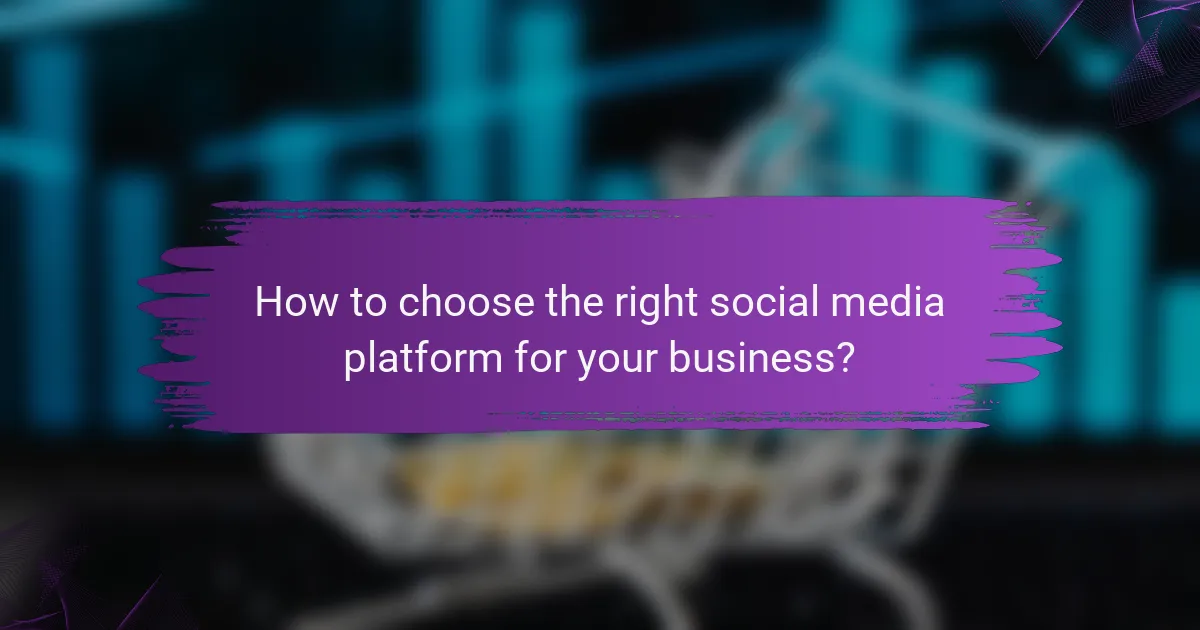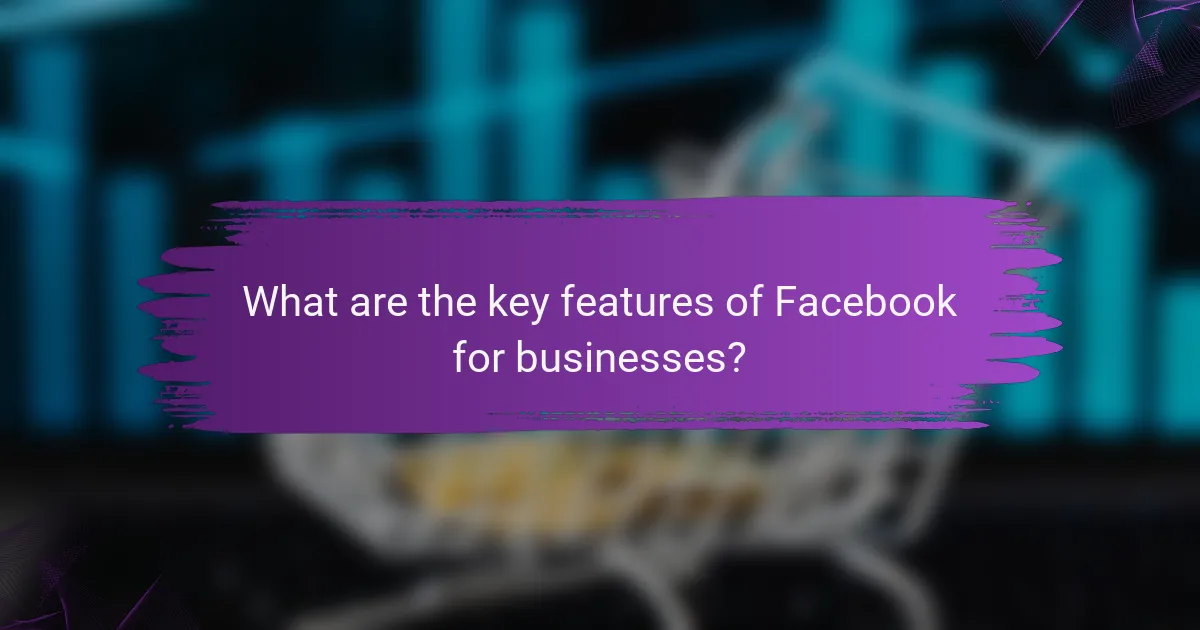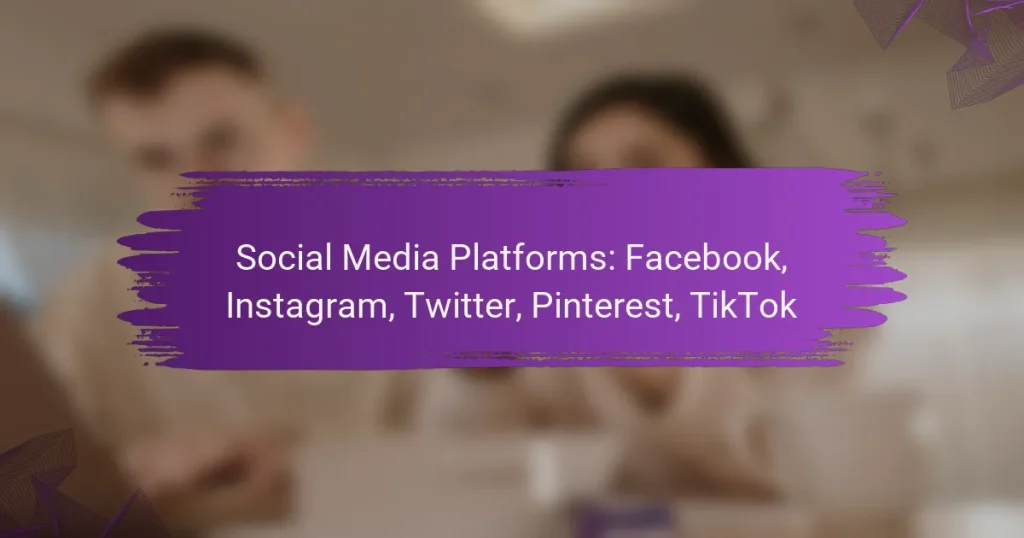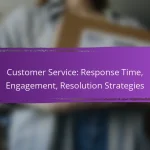Social media platforms like Facebook, Instagram, Twitter, Pinterest, and TikTok play a crucial role in connecting users and businesses alike. Each platform offers distinct features and caters to different demographics, making it essential for brands to choose the right one based on their target audience and content strategy. Understanding these nuances can significantly enhance marketing efforts and audience engagement.

Which social media platforms are most popular in the US?
The most popular social media platforms in the US include Facebook, Instagram, Twitter, Pinterest, and TikTok. Each platform has unique features and user demographics that cater to different audiences and content types.
Facebook remains one of the leading social media platforms in the US, with a diverse user base spanning various age groups. It allows users to share updates, photos, and videos, and engage in groups and events.
When using Facebook for marketing, consider creating engaging content that encourages interaction. Regularly updating your page and responding to comments can help maintain a strong presence.
Instagram is particularly popular among younger users, focusing on visual content like photos and short videos. It offers features such as Stories and Reels, which allow for creative storytelling and engagement.
To succeed on Instagram, prioritize high-quality visuals and consistent branding. Utilize hashtags effectively to reach a wider audience and consider collaborating with influencers to enhance visibility.
Twitter is known for its real-time updates and concise messaging, making it ideal for news and trending topics. Users can share thoughts in short posts, known as tweets, which can include links, images, and videos.
Engagement on Twitter often relies on timely responses and participation in conversations. Use trending hashtags to join relevant discussions and keep your content fresh and engaging.
Pinterest serves as a visual discovery platform, allowing users to find and save ideas through images and links. It’s particularly popular for DIY projects, fashion, and home decor inspiration.
For effective use of Pinterest, create visually appealing pins and optimize descriptions with relevant keywords. Regularly updating boards and engaging with other users can help increase visibility and traffic to your website.
TikTok
TikTok has rapidly gained popularity, especially among Gen Z, for its short-form video content. Users can create and share videos set to music, often featuring trends and challenges that encourage participation.
To thrive on TikTok, focus on creativity and authenticity. Engage with trends and challenges, and consider using popular sounds to increase the chances of your content going viral. Regular posting can also help build a loyal following.

How to choose the right social media platform for your business?
Choosing the right social media platform for your business involves understanding where your target audience spends their time and what type of content resonates with them. Each platform has unique characteristics that can influence your marketing strategy and engagement levels.
Target audience alignment
Identifying your target audience is crucial in selecting the appropriate social media platform. For instance, Facebook is popular among a wide age range, while TikTok primarily attracts younger users. Understanding the demographics of each platform helps ensure your content reaches the right people.
Consider conducting surveys or analyzing existing customer data to determine where your audience is most active. This alignment can significantly enhance your marketing efforts and improve conversion rates.
Content type suitability
Engagement potential

What are the key features of Facebook for businesses?
Facebook offers several essential features for businesses, including advertising tools, page insights, and community building capabilities. These tools help brands reach their target audience, analyze performance, and engage with customers effectively.
Advertising tools
Facebook’s advertising tools allow businesses to create targeted ads that reach specific demographics based on interests, behaviors, and location. Advertisers can choose from various formats, including image, video, and carousel ads, to showcase their products or services.
Setting a budget is flexible, with options ranging from daily to lifetime spending limits. Businesses can also track ad performance in real-time, enabling them to adjust strategies quickly for optimal results.
Page insights
Page insights provide businesses with valuable analytics about their audience and content performance. Users can view metrics such as page views, post engagement, and audience demographics, helping them understand what resonates with their followers.
This data can inform content strategies, allowing businesses to refine their messaging and posting schedules. Regularly reviewing insights can lead to improved engagement and growth over time.
Community building
Facebook facilitates community building through features like groups and events, enabling businesses to connect with customers on a personal level. Creating a group allows brands to foster discussions, share updates, and gather feedback from loyal customers.
Hosting events, whether online or in-person, can enhance customer relationships and drive engagement. Actively participating in these communities can lead to increased brand loyalty and customer retention.

What are the benefits of using Instagram for marketing?
Instagram offers numerous benefits for marketing, including its visually-driven platform that enhances brand storytelling and engagement. Its large user base and innovative features make it an effective tool for reaching target audiences and driving sales.
Visual storytelling
Instagram’s focus on visual content allows brands to tell their stories through images and videos, making it easier to capture attention. High-quality visuals can evoke emotions and create a strong connection with followers, which is crucial for brand loyalty.
To maximize visual storytelling, brands should maintain a consistent aesthetic and use engaging captions. Incorporating user-generated content can also enhance authenticity and encourage community involvement.
Influencer partnerships
Collaborating with influencers can significantly amplify a brand’s reach on Instagram. Influencers have established trust with their followers, making their endorsements more impactful than traditional advertising.
When selecting influencers, consider their audience demographics and engagement rates. Micro-influencers, who have smaller but highly engaged followings, can be particularly effective for niche markets.
Shopping features
Instagram’s shopping features, such as shoppable posts and the Shop tab, streamline the purchasing process for users. Brands can tag products in their posts, allowing followers to view prices and make purchases directly from the app.
To effectively utilize these features, ensure that product images are high-quality and that descriptions are clear. Regularly updating your product catalog and promoting exclusive offers can also drive sales through Instagram.

How does Twitter facilitate real-time engagement?
Twitter enables real-time engagement by allowing users to share and interact with content instantly. Its fast-paced environment encourages immediate responses and discussions, making it a vital platform for breaking news and trending conversations.
Trending topics
Trending topics on Twitter highlight the most discussed subjects at any given moment, allowing users to engage with current events and popular conversations. These topics are determined by an algorithm that considers the volume of tweets and interactions related to specific hashtags or phrases.
To effectively participate in trending discussions, users should monitor the “Trends” section on their Twitter homepage. Engaging with trending topics can increase visibility and interaction, especially if users add their unique perspectives or insights.
However, it’s important to ensure that contributions are relevant and respectful. Jumping into conversations without context can lead to misunderstandings or backlash. Focus on adding value to the discussion to foster positive engagement.


